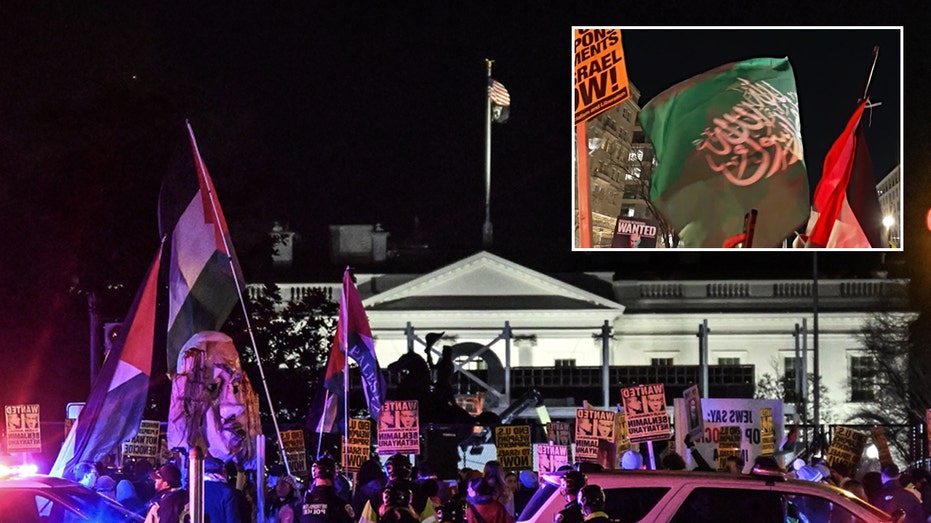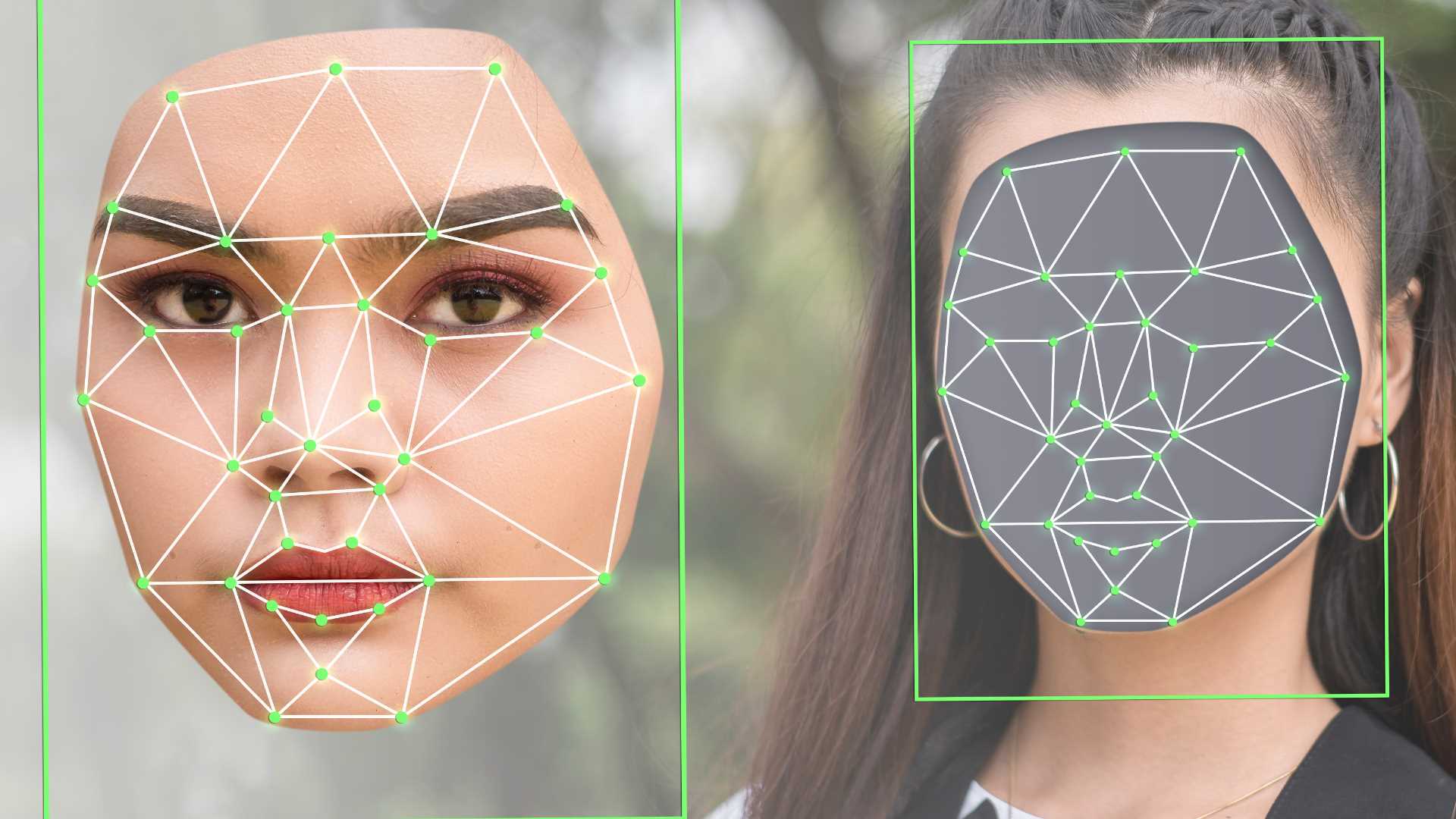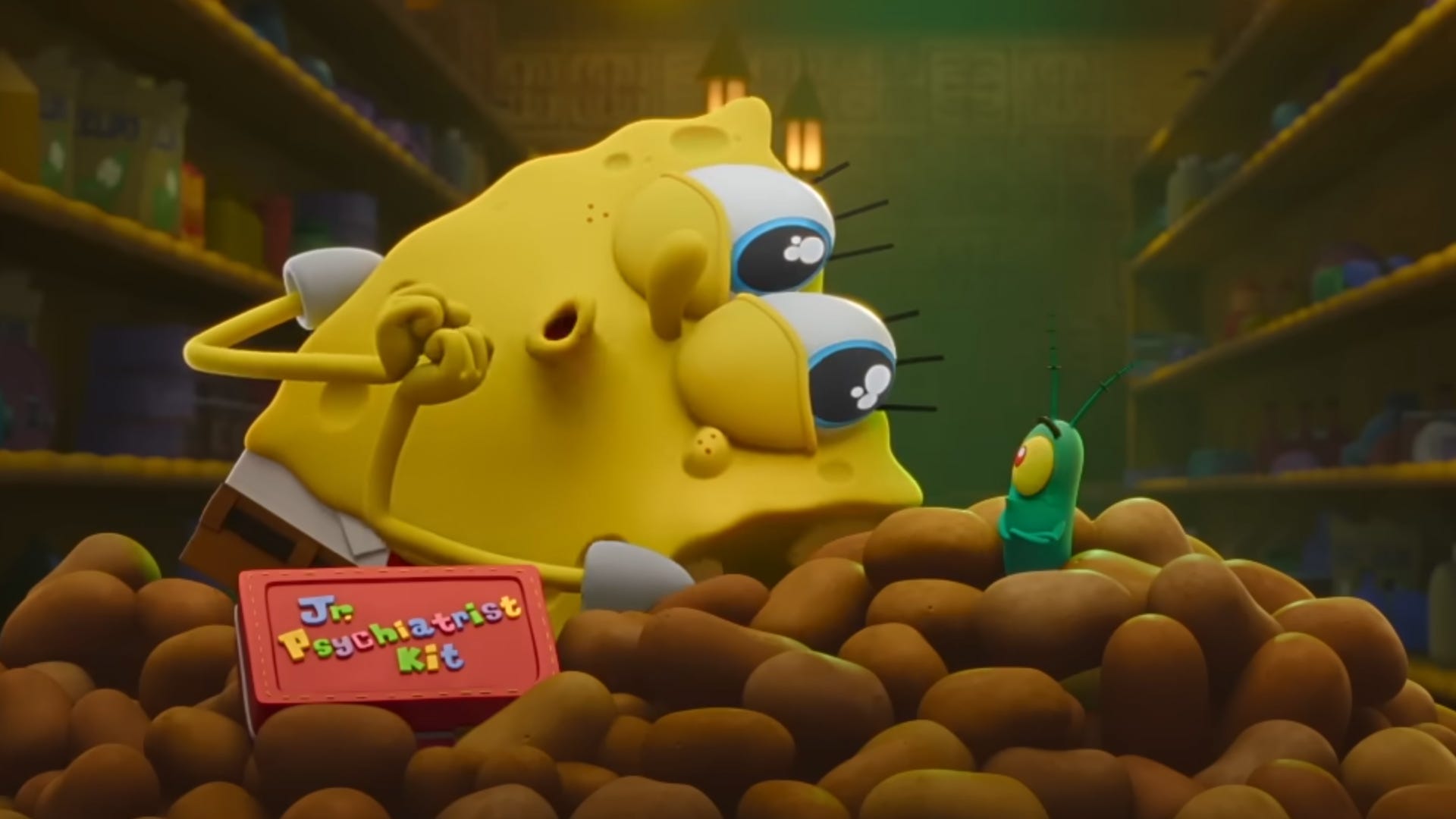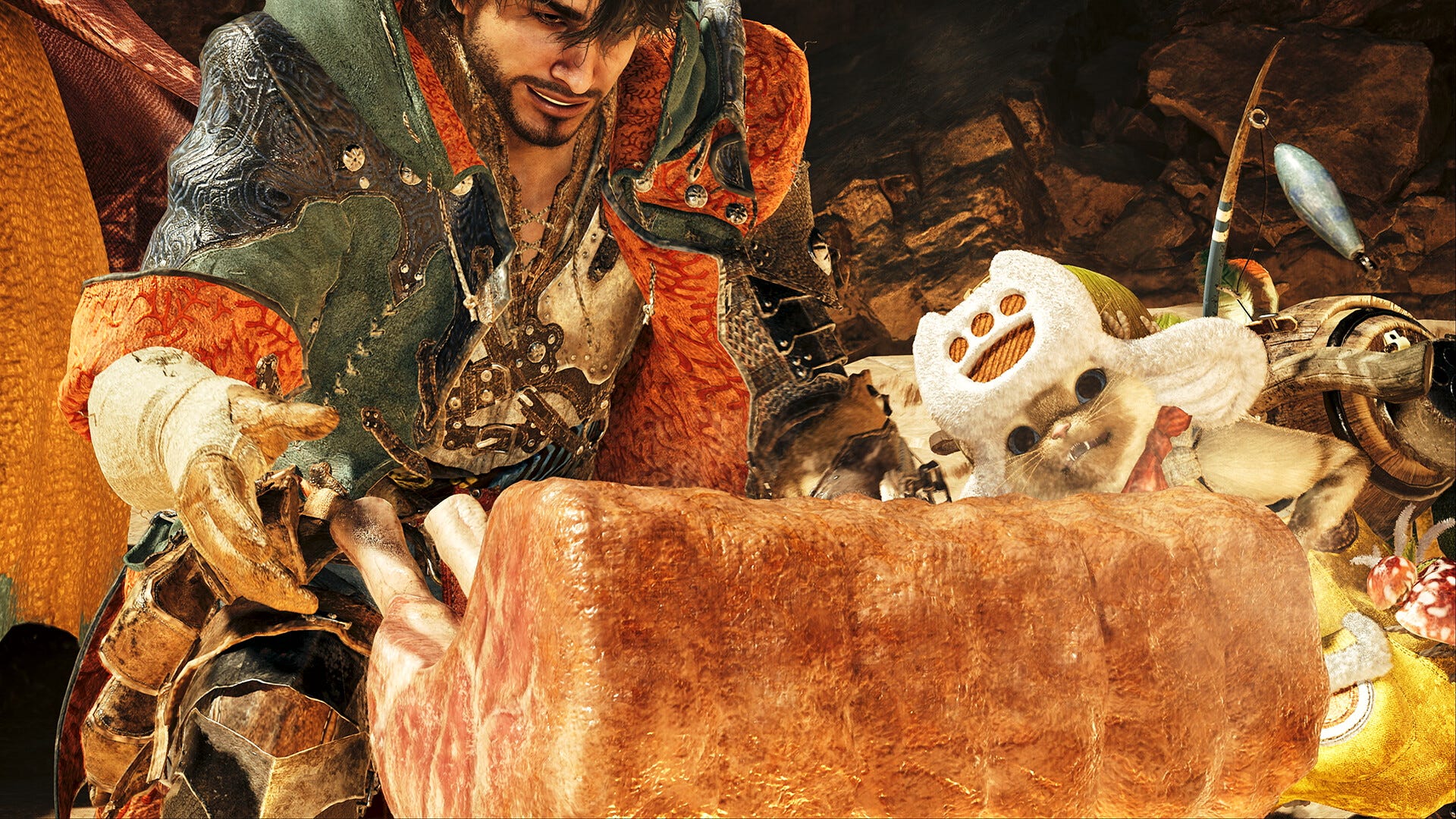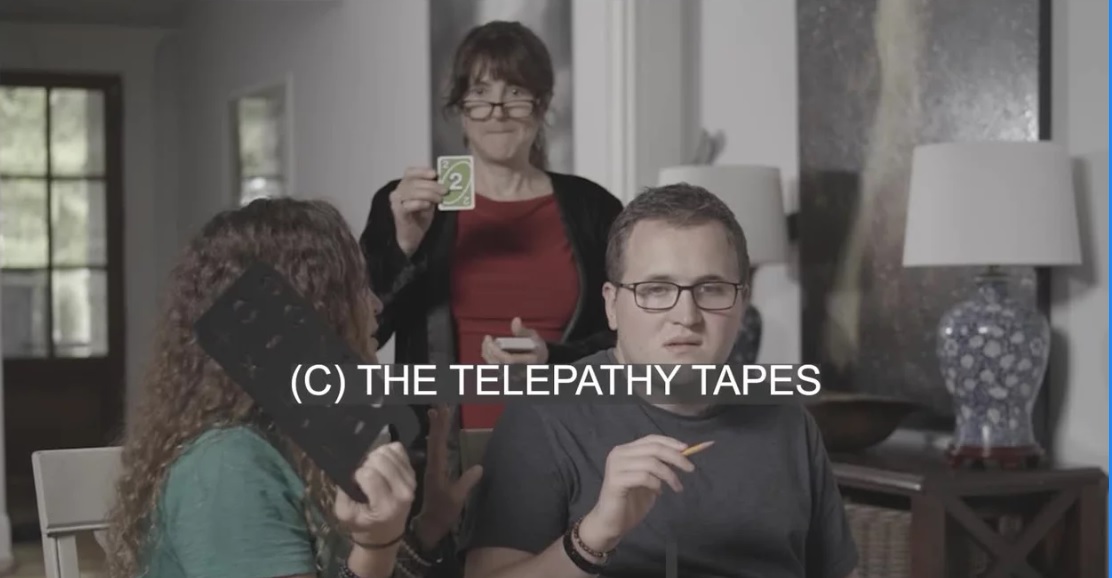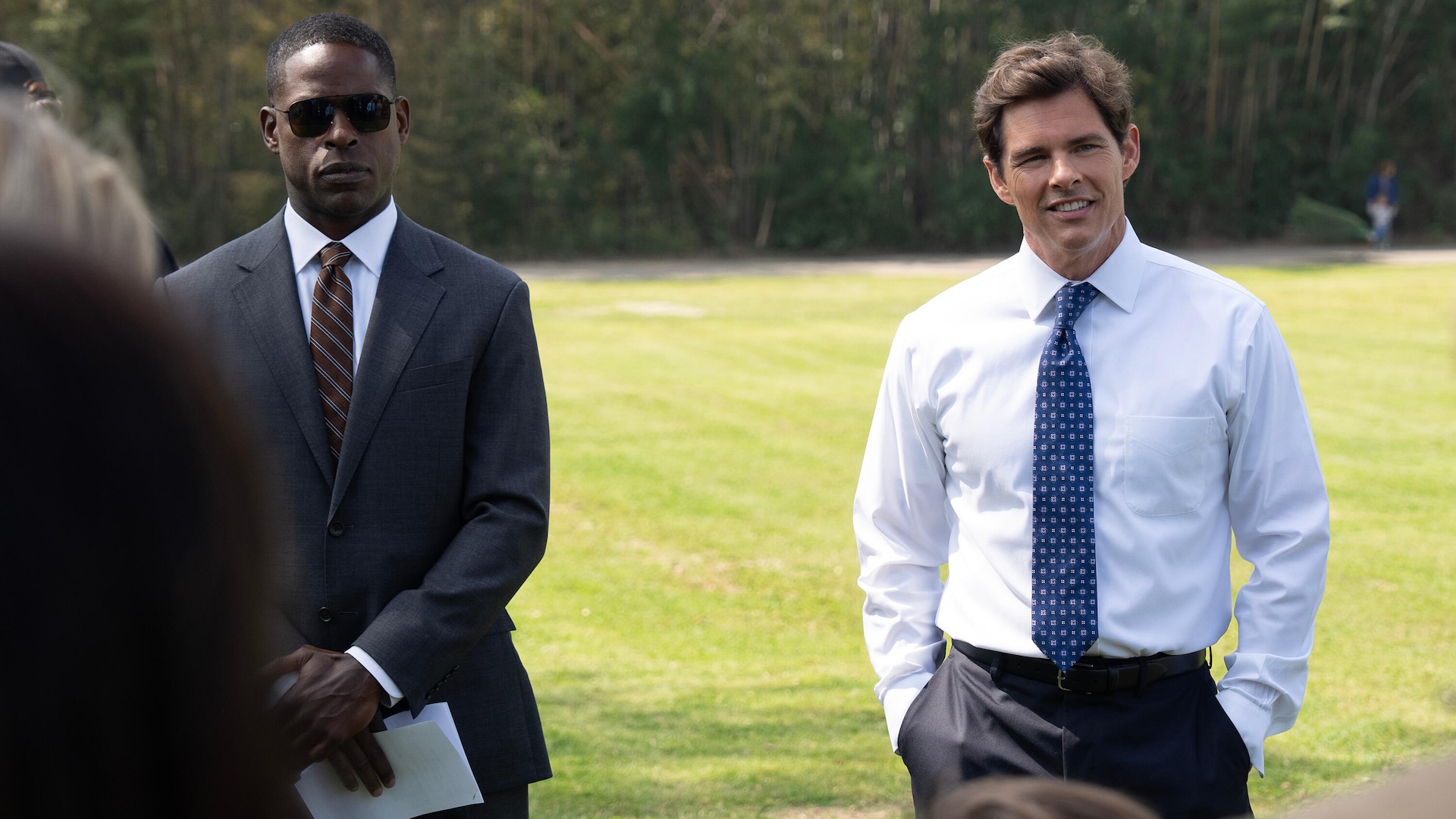I’m an Iranian woman. Can I still enjoy Iranian films?
A tendency in male-directed Iranian cinema to focus on violence against women leaves female audiences out in the cold. The post I’m an Iranian woman. Can I still enjoy Iranian films? appeared first on Little White Lies.

Entering my local screening of Mohammad Rasoulof’s The Seed of the Sacred Fig, I was greeted by a sea of keffiyehs, faravahar necklaces, and notebook-holding film students seeking another Iranian-directed hit. In exchange for our time, the cinema promised us a reprise from the deluge of violent content dominating our social media feeds; a break in favor of cinematic fiction.
A fiction, I later learned, was another open wound, recycling content literally and figuratively from our phone screens. Prolonged scenes of tweezers digging bullets out of a student’s face were interspersed with real footage of Iranian students mangled and shot in dissenting protests, with the only separation of scene and screen indicated through aspect ratios of footage. The Seed of the Sacred Fig is one of many characteristically tragic Iranian films featuring drawn-out scenes of violence portraying a deeper message regarding today’s Iran, this time revolving around Iran’s 2022 Women, Life, Freedom movement – an unforgettably female uprising in tribute to a country worth saving.
So many Iranian films, however, tend to forget. While it is true that violent tragedy draws crowds more than mundane stability, I often leave films detached from an image of the Iran that I visit. The floral streets of Tehran are replaced by unsaturated and dusty reels of dictatorship; a standard in a country seemingly ubiquitous with oppression. This oppression is true – my citizenship in the United States is proof of that. However, the hegemony of tragedies dominating my Persian cinema course watchlist does little to depict a country worth saving, and seems to forget the women watchers who are often the main theme of televised tragedy.
Renowned Iranian directors – Jafar Panahi, Ali Abbasi – overwhelmingly skew male, yet often thematically center women amid a film genre celebrated for revealing the gender-struggles of theocracy. In this, the female audience is somehow ignored. As a female advocate for progression in Iran, I didn’t need to see the facial bludgeoning of women bookmarked in Holy Spider, or the protracted scenes of eye-aimed gunshots at female students in The Seed of the Sacred Fig, recently described by critic Peter Bradshaw as “extravagantly crazy and traumatised”. But it seems to me that such films beg the attention of a male audience- an audience directors seem to prioritize over Iranian female viewers.
For us, directors’ points stab deeper: they edge on nonfiction as they reveal our country’s very real shortcomings. However, without us in mind, such cinematic violence is used as stylistic kindling for a sensationalized country of bullets and dust. The furrowed brows of the Islamic guard have only pinned down an image of theocracy already propagated in the media, and I think I would note a distinct lack of popcorn smell if I ever found myself in an Iranian prison.
This is not to say that Iranian Cinema is inaccurate in portraying violence, or doesn’t make a desperate call to action to raise awareness of Iran’s theocracy. Rather, Iranian directors must direct to portray a country separate from violence, and think about the backgrounds of the many Iranian women who find themselves in the audience.

Films such as A Girl Walks Home Alone at Night directed by Ana Lily Amirpour separate Iranian women from the perpetual blade about to stab us. The film, starring a “vigilante, feminist, vampire” reveals many of the shortcomings of today’s Iran without blackening it as an oppressive nowhere. Iran’s flaws – drug abuse, oppression, and poverty – aren’t neglected, but such flaws are made all the less fortunate as they come in the shadow of skater girls, a Halloween celebration, and a killer vaporwave soundtrack. The film demonstrated the potential of a liberated female character, and made its point in opposition to the cinema that showcases the downfalls of a lack of liberation.
Iranian films are famous for more than tragedy. A Girl Walks Home Alone at Night seems to be partially inspired by Forough Farrokhzad’s equally monochrome The House is Black, released as an art house film in 1962 and establishing Iranian cinema as a pioneering industry of cinematographic and plot-driven film. Without use of extensive violence, Farrokhad’s cautionary recitation of Quranic and biblical quotes call for a rethinking of hypocrisy, and dissent from the political status quo in Iran.
It’s certainly revealing that both The House is Black and A Girl Walks Home Alone at Night are produced by Iranian women. The retelling of grief with a blunter blade asserts that excessive violence isn’t needed to make a statement – and that a bruise is felt deeper than a cut.
It’s time for the late Farrokhzads’ descendants to learn from their elders, and to rethink the application of violence as a tool for depicting the plight of women. A recycling of trauma makes a statement only for those ignorant of headlines, not a demographic thus swayed by bloodshed. Iranian film should be a space for women to see our struggles – and not to kick us when we’re down.
The post I’m an Iranian woman. Can I still enjoy Iranian films? appeared first on Little White Lies.


